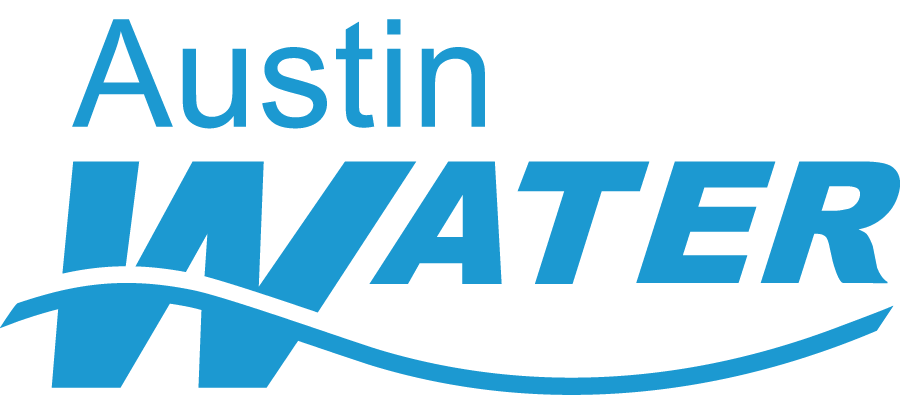Backflow Prevention and Water Wells - Water from a well that serves any Austin Water customer is considered an auxiliary water source (see Austin City Code §15-1-2(2)). Any customer that uses an auxiliary water source must have backflow prevention and cross connection controls to prevent the contamination of the potable water system. It is critical that you pay careful attention to the following requirements of State Law and the Austin City Code:
-
From Title 30 of the Texas Administrative Code, §290.44 (h)(1)(A): “At any residence or establishment where an actual or potential contamination hazard exists, additional protection shall be required at the meter in the form of an air gap or backflow prevention assembly. The type of backflow prevention assembly required shall be determined by the specific potential hazard identified in §290.47(i) of this title (relating to Appendices).” §290.47(i) of this state law specifically lists “Private/Individual/Unmonitored wells” as a type of health hazard that requires suitable backflow prevention to isolate the public water system from the premises where the hazard exists.
-
From Chapter 25-12 of the City of Austin’s Land Development Code, §25-12-153.1624.02; “It shall be unlawful for any person to construct, install, alter, or cause to be constructed, installed, or altered any reclaimed water or other auxiliary water system within a building or on a premises without first obtaining a permit to do such work from the Authority Having Jurisdiction. No Homeowner / Homestead Plumbing Permits will be issued for installation of auxiliary water systems.” Also, the connection of electrical systems to any pumps associated with a well requires attention to §25-12-113.80.19(C)(2) which states: “…no electrical system regulated by this Code shall be installed, altered, repaired, replaced or remodeled unless an electrical permit has been obtained…”
-
From the Chapter 15-1 of the City of Austin’s Utility Regulations, §15-1-11(A) “A person may not…(2) connect an auxiliary water supply to the City's public water system or a private plumbing system unless a backflow prevention assembly or air gap is installed as required by this chapter…” Customers found in violation of Chapter 15-1 or Chapter 25-12 could be subject to water service termination in accordance with this §15-9-101 of these Utility Regulations.
-
If the well water is used in any way that involves a wastewater discharge to the Austin Water Utility, installation of a wastewater flow meter might also be required to accurately bill for wastewater charges in accordance with Article 15 of Chapter 15-9 of the City of Austin’s Utility Regulations.
Many of these requirements are specific to the property owner or the customer receiving utility service. However, well drillers and water well pump installers working within the City of Austin’s jurisdictional boundaries will also be held responsible if plumbing and/or electrical permits applicable to the work they performed are not obtained as required.
Water Well Setback Requirements from Building Sewers and Septic Systems
The requirements of the Texas Department of Licensing and Regulation (TDLR) apply to all water wells within the State of Texas. The requirements of the Barton Springs Edwards Aquifer Conservation District (BSEACD) apply for any wells located within the boundaries of the BSEACD.
TDLR Requirements
-
16 TAC Chapter 76 [Rule 76.1000.(a)(3)] - “A well shall be located a minimum distance of fifty (50) feet from any water-tight sewage and liquid-waste collection facility…”
-
16 TAC Chapter 76 [Rule 76.1009] - This rule describes requirements and procedures for obtaining variances from technical requirements.
BSEACD Requirements
-
Rules and Bylaws [Rule 5-4(A)] - “…all wells shall be located in compliance with the following minimum horizontal distances: …(2) One hundred fifty (150) feet from any existing or proposed septic system absorption fields, septic system spray areas, water-tight sewage and liquid-waste collection facilities…”
-
Rules and Bylaws [Rule 5-4(E)] - This rule describes requirements and procedures for obtaining variances from technical requirements of the District. However, in the case of the setback requirements applicable to sewage piping, no variance is available that would allow less than 50 feet horizontal separation.

